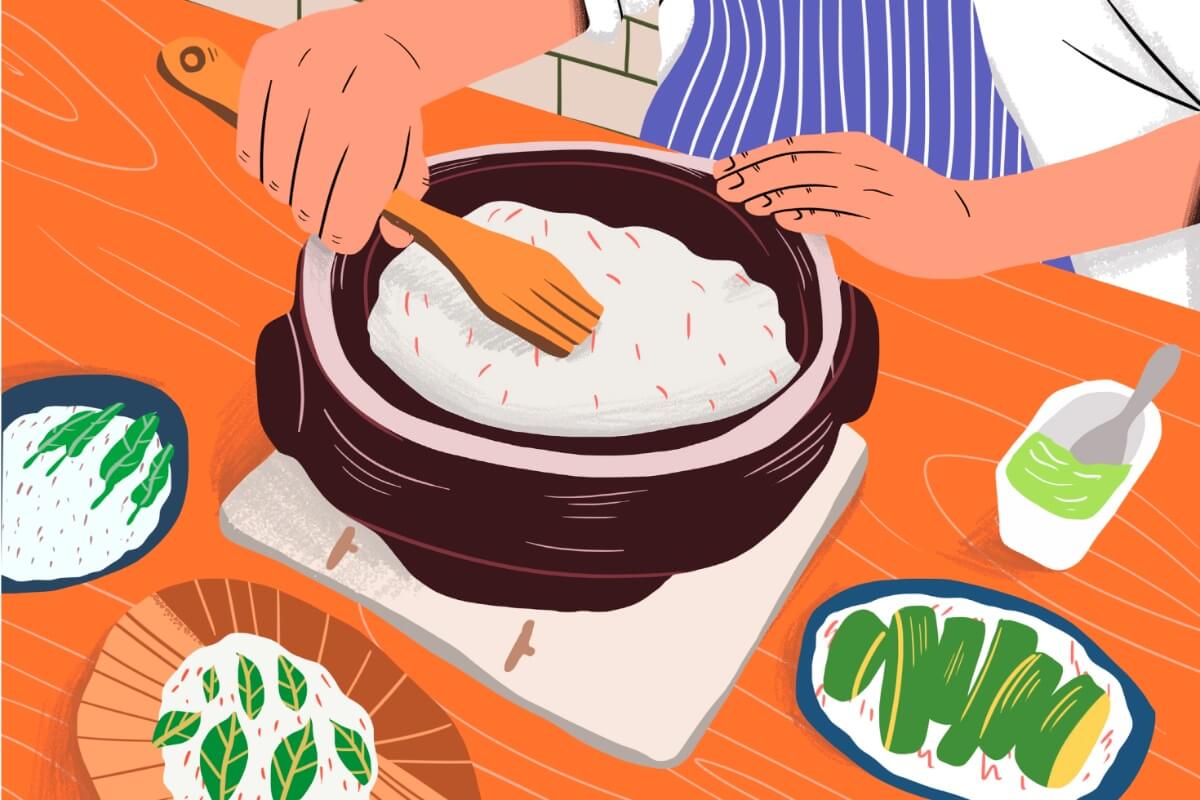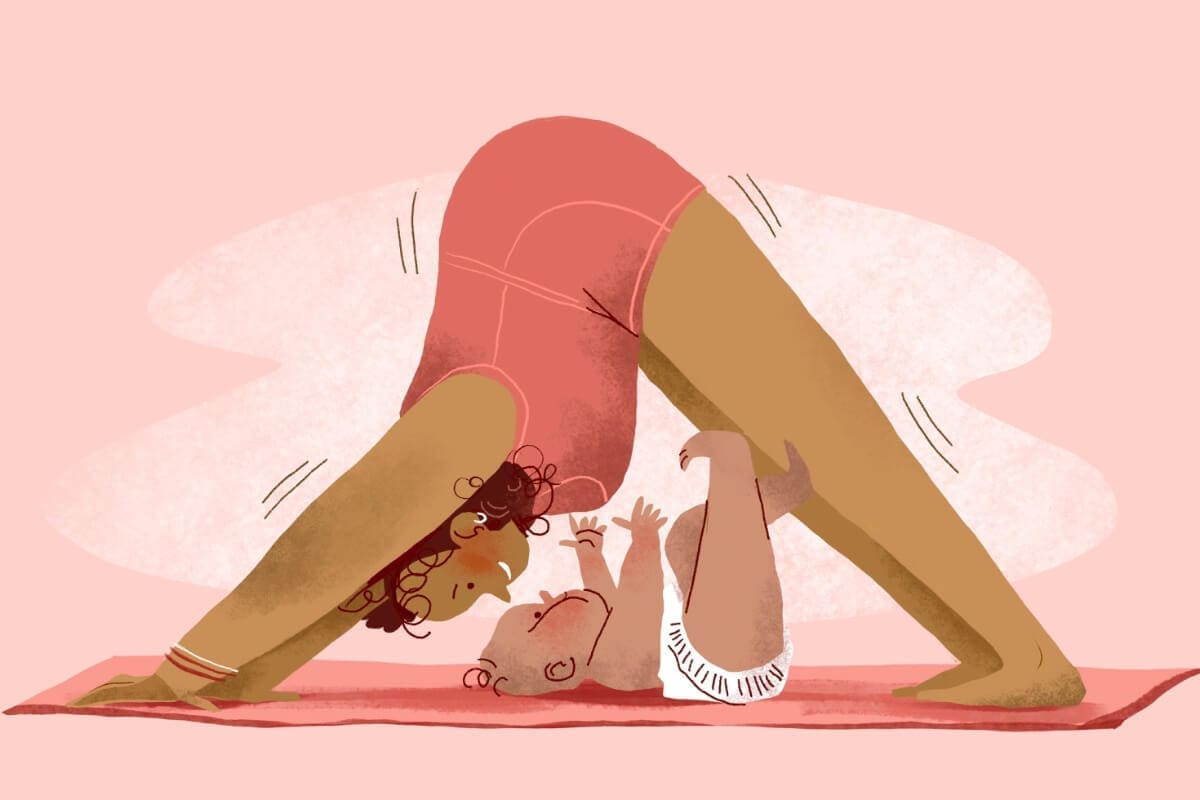
If you play sports, you know the benefits of getting exercise while doing something you like. But sports may also be putting your body at risk.
Sports injuries sideline millions of people each year. While it’s impossible to prevent all injuries, you can do things to lessen your risk. Injuries caused by straining and overuse may be prevented by doing pre- and post-sport stretching. Also, listen to your body when it needs to rest.
Path to improved health
The sports you play will impact the types of injuries you may get. There are two types of injuries. Acute injuries happen suddenly. Chronic injuries develop over time and may last a long time. Here’s a list of the most common sports injuries.
- Achilles tendon injuries. Your Achilles tendon is the thick, corded tissue that connects your calf muscle (in the back of your lower leg) to your heel. This is the largest tendon in your body. It’s used to help you walk. Achilles tendinitis is a common injury to the Achilles tendon. It’s common in sports that require a lot of running. It can be caused by not stretching enough before playing, not wearing the right shoes, or suddenly playing sports more. You may have Achilles tendinitis if your heel or calf hurts when you walk or run. Other symptoms include swelling in the area or if the area is warm to the touch. These injuries can be acute or chronic.
- Broken bones/stress fractures. A broken bone is caused by sudden force being applied to a bone. This is sometimes also called a fractured bone. This can happen in almost any sport. Symptoms include sudden pain, swelling, numbness, and tenderness around the area. You may notice the affected area doesn’t look right and you may not be able to move it. These injuries are acute. Stress fractures are chronic injuries caused by repetitive motions over time. These motions can cause tiny cracks in the bones. Because stress fractures happen gradually, your pain may increase gradually. You may not even know you have a fracture.
- It’s sometimes hard to tell the difference between a broken bone and a dislocation. A dislocation happens when the ends of your bones move out of their normal position. These are common in contact sports, such as football, soccer, and basketball. Symptoms include extreme pain, swelling, and not being able to move the area. These injuries are acute.
- Jumper’s knee. This is also known as patellar tendinitis. Jumper’s knee happens when there is an injury (or inflammation) to the tissue that connects your kneecap and thigh muscles your shin bone. Sports with repetitive jumping are common triggers for this injury. Examples include basketball and volleyball. Also, people who are overweight or play sports on a hard surface are more likely to get jumper’s knee. Symptoms include knee pain, usually just below the kneecap. You may experience weakness or stiffness in the knee while jumping, kneeling, or climbing stairs. These injuries can be acute or chronic.
- Little League elbow. This condition affects the growth plate of the elbow in adolescents. It is a common injury for baseball players. Throwing the ball over and over puts too much stress on the elbow and leads to chronic inflammation of the growth plate. Adults can experience a similar condition, called ulnar collateral ligament injury. Symptoms are pain of the inside elbow, especially when throwing. The pain gets worse with each consecutive throw. This injury is chronic.
- Rotator cuff injuries. Your rotator cuff is an area inside your shoulder. It helps your shoulder move and keeps it stable. Injuries to this area are common when the same actions are repeated many times, such as in swimming, tennis, or baseball. Symptoms include swelling in your shoulder, pain when you lift your arm, and pain when you try to reach behind your back. This injury tends to be chronic but sometimes can be acute.
- Runner’s knee. Runner’s knee is another repetitive-motion injury. It’s common to runners and anyone who does a lot of walking, biking, or general knee bending. It can also be caused by knee trauma or a hard bump to the knee. Symptoms include pain behind your kneecap, especially when you bend your knee. The area may be swollen, or you may feel a grinding sensation when your knee bends. These injuries can be acute or chronic.
- Shin splints. Your shin is the area at the front of your lower leg, below your knee. Shin splints happen when the muscles and tendons around your shin become inflamed. This injury often impacts runners and basketball players. The main symptom of shin splints is pain in the front of your lower leg while playing the sport. The pain usually goes away with rest. These injuries are acute.
- A sprain is one of the most common sports injuries. A sprain is a stretch or tear of a ligament near a joint, such as a knee, ankle, or wrist. Sprains are most often caused by falling or by a twisting motion. They can be mild or severe, depending on whether the ligament is stretched or torn. Symptoms are pain, swelling (sometimes severe), and bruising. You may also not be able to apply weight to the joint without pain. These injuries are acute.
- A strain and a sprain are different. A strain hurts a muscle, while a sprain hurts a ligament. A strain occurs when you stretch or tear muscle tissue by overextending it. Mild strains can be caused by repetitive motion. In sports, acute strains are most likely to occur when you are running, jumping, or lifting. They also happen when you quickly change direction. You’re more likely to strain a muscle in cold weather. Symptoms are sudden pain followed by immediate limited range of motion to the affected area. In severe cases, you may also see bruising and swelling. These injuries can be chronic or acute.
- Tennis elbow. Tennis elbow is a painful condition caused by overusing your elbow. Tennis players and golfers are likely to get it. It causes pain on the outside of your elbow. The pain is caused by inflammation in the tendons. Other symptoms may include weakness, especially as you try to grip objects. These injuries can be chronic.
How to prevent or avoid sports injuries
One of the best ways to prevent injury is to stretch before and after you play sports or exercise. You should also never play a sport without the proper protective gear. And your gear should be in good condition. Always drink plenty of water to stay hydrated before, during, and after playing sports. Have a few cups of water before you play or exercise. Stop for a drink every 20 minutes during your activity. When you finish, drink more water or a low sugar sports drink, depending on how much you sweated during the activity.
Things to consider
If you get hurt playing a sport, stop right away. Depending on the injury, you may cause more harm if you keep playing.
Most minor sports injuries can be managed at home and should get better in a few days. The best home care is to use the R.I.C.E. treatment plan: Rest, Ice, Compression, and Elevation.
- A day or two of rest may help with your recovery. But sometimes the injured area may need more rest. For injuries affecting legs, knees, or ankles, you may need to use crutches so you don’t put weight on the injured body part.
- Put ice on your injury. That will help with pain and swelling. You should apply ice to the affected area for 15 to 20 minutes every four hours. Crushed ice is best for ice packs because you can manipulate it cover the injury.
- Keeping pressure on the injury will also help with swelling. It will also provide additional support. An elastic medical-grade bandage works best. Wrap the bandage tight, but not so tight that it cuts off circulation to the area.
- Propping up the affected area will help you rest your injury properly. It will also help reduce swelling. Be sure to prop up the area so it’s higher than your heart.
When to go to the doctor
Go to the doctor right away if your injury causes extreme swelling, bruising, or an obvious deformity. Also visit your doctor if the pain is severe, or if the swelling or pain doesn’t go away after a few days. They may tell you to take medicines to feel better. These may include ibuprofen (Two brand names: Advil or Motrin) or acetaminophen (Brand name: Tylenol). These can help with pain and swelling. Your doctor may also give you a device, such as a sling or splint, to help the injured area heal.
Young athletes are especially at risk for injuries. Children who play the same sport all year are especially vulnerable. Repetitive motions from these sports can affect their growth plates—the regions in long bones where growth occurs. Some doctors recommend playing sports in a specific season. For example, instead of playing soccer all year, play soccer in the spring, baseball in the summer, and basketball in the winter. This variety can reduce the risk of putting stress on the same joints all the time.
Questions for your doctor
- Will my injured area heal to be just as strong as it was before the injury?
- How do I know when to apply ice or heat to an injury?
- Will I be more likely to injure the same area again?
- How will I know if I have wrapped the bandage too tight?
- How long until I can resume normal activities?
- How long until I can play my sport or exercise again?
- Will I be more likely to have arthritis in joints that I’ve injured?
- Will a support brace help me prevent additional injury to a previously injured area?
- I see a sports-medicine specialist?
- Are there benefits of getting physical therapy for my injury?
Resources
National Institute of Arthritis and Musculoskeletal and Skin Diseases: Sports Injuries
![]()
Copyright © American Academy of Family Physicians
This information provides a general overview and may not apply to everyone. Talk to your family doctor to find out if this information applies to you and to get more information on this subject.











